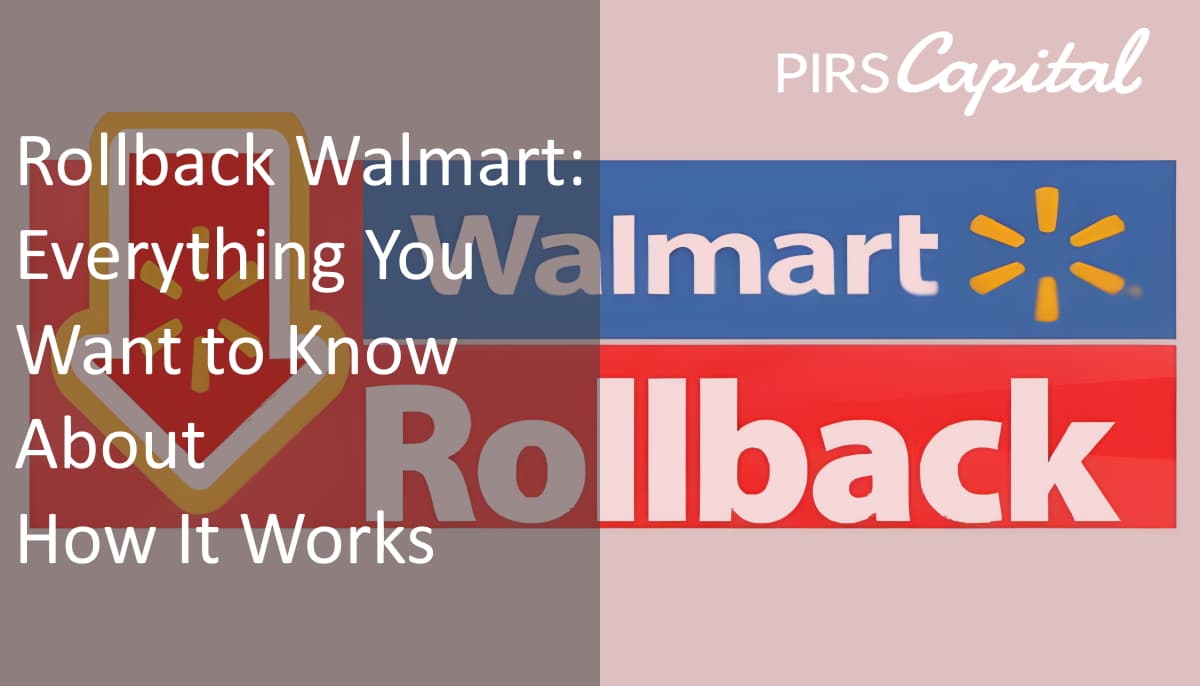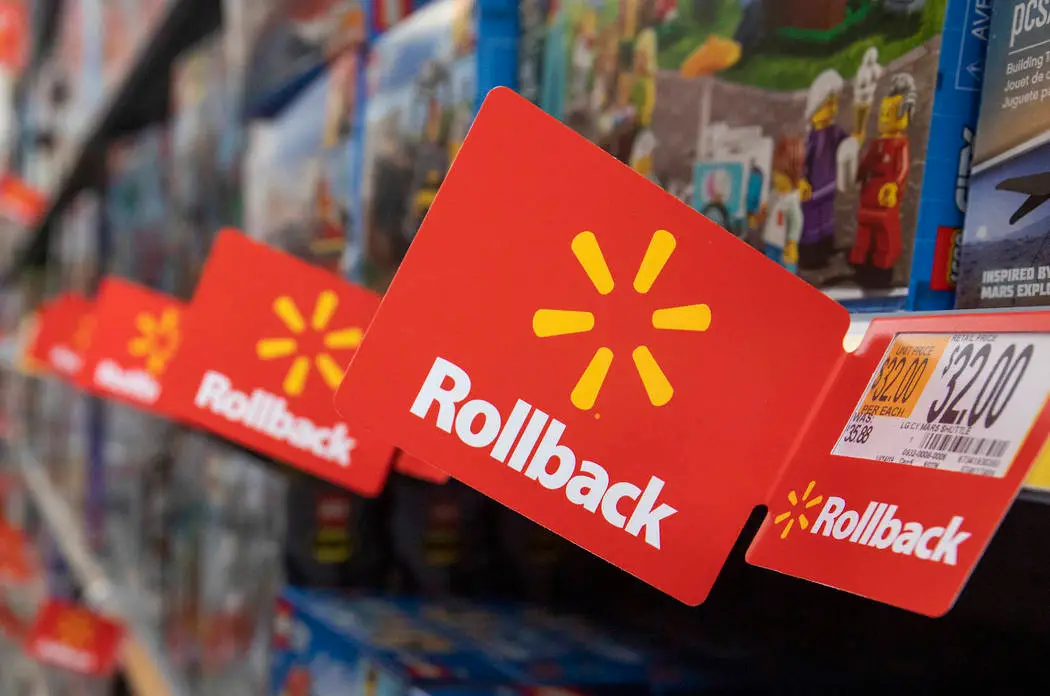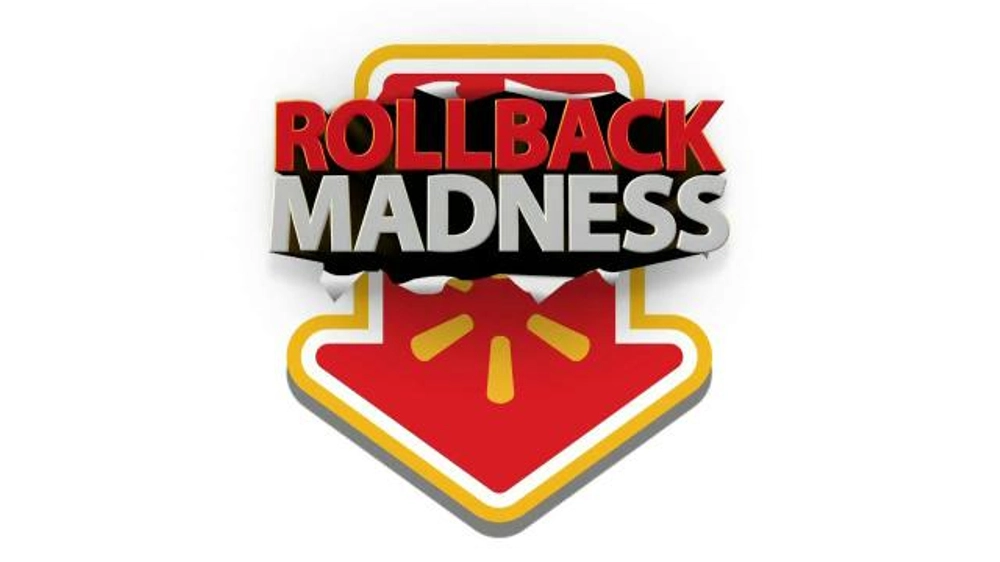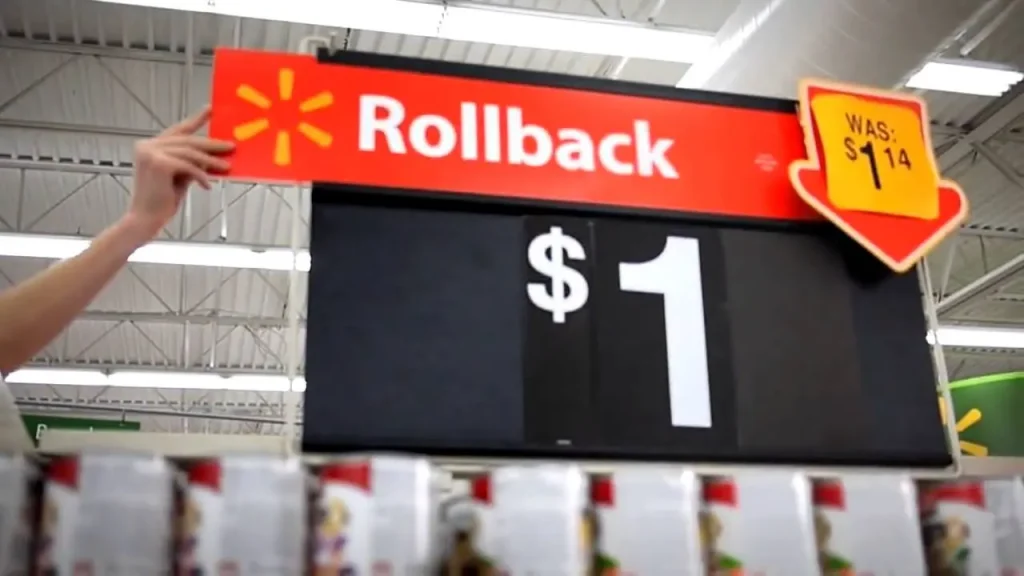What Does Rollback Mean In Retail

In a landscape where consumers are perpetually seeking the best deals, and retailers are battling to maintain market share, the term "rollback" carries significant weight. It's a signal to shoppers, a promise of savings, but behind this simple label lies a complex strategy that impacts pricing, inventory, and ultimately, a retailer's bottom line.
Understanding what a rollback truly means in retail requires delving into its strategic underpinnings, its impact on consumer behavior, and the diverse ways retailers employ this promotional tool. This article examines the multifaceted nature of rollbacks, exploring their purpose, mechanics, implications, and future trajectory in an increasingly competitive marketplace.
The Nut Graf: Decoding the Rollback
At its core, a rollback is a temporary price reduction offered by a retailer on specific items. Unlike a clearance sale, which aims to permanently eliminate stock, or a promotion tied to a specific event, a rollback is a strategic price adjustment designed to boost sales volume and attract price-sensitive customers. The intent is typically short-term, not a permanent price cut.
Rollbacks can be applied to a wide range of products, from everyday essentials like groceries and household goods to seasonal items and electronics. This strategy is particularly prevalent in mass-market retail settings, where price competition is fierce, and large volumes of product are moved daily.
The Mechanics of a Rollback: How Retailers Implement Price Reductions
Implementing a rollback involves careful planning and execution. Retailers must first identify which products will be subject to the price reduction, often analyzing sales data, inventory levels, and competitor pricing to make informed decisions.
The depth of the price cut is another critical factor. It needs to be significant enough to entice customers, yet sustainable enough to maintain profitability, even with increased sales volume. Retailers analyze the price elasticity of demand for each product, meaning how much the volume of sales will likely rise (or fall) with changes in price.
The duration of the rollback is also strategically determined. A short rollback can create a sense of urgency, driving immediate sales, while a longer rollback may be used to maintain a competitive edge over an extended period. Typically, rollbacks are advertised through in-store signage, online platforms, and promotional materials.
The Psychology of Rollbacks: Appealing to the Value-Conscious Consumer
Rollbacks are deeply rooted in consumer psychology. The perception of a "deal" triggers a positive emotional response, prompting customers to make purchases they might otherwise postpone or forgo. This perceived value is a powerful motivator.
The temporary nature of rollbacks further enhances their appeal by creating a sense of scarcity. Customers are incentivized to act quickly, fearing that the opportunity to save will soon disappear. This ties into the concept of loss aversion, a psychological principle where people feel the pain of a loss more acutely than the pleasure of an equivalent gain.
Benefits and Drawbacks for Retailers: A Balancing Act
Rollbacks offer several potential benefits for retailers. Increased sales volume is the primary objective, allowing retailers to move inventory and generate revenue.
Rollbacks can also attract new customers and build brand loyalty. By offering competitive prices, retailers can entice shoppers to switch from competing brands, potentially creating long-term customer relationships. Moreover, they can be used to effectively clear out slow-moving inventory or make room for new products.
However, rollbacks also present several challenges. The reduced profit margin on each item can impact overall profitability, especially if the increase in sales volume does not compensate for the lower price. Maintaining a consistent pricing strategy is crucial.
Frequent rollbacks can also devalue a brand in the eyes of consumers, leading them to expect discounted prices as the norm. This can make it difficult for retailers to sell products at their original price point in the future.
Rollbacks vs. Other Promotional Strategies: A Comparative Analysis
It's important to distinguish rollbacks from other promotional strategies, such as clearance sales, coupons, and bundled offers. Clearance sales are typically used to eliminate outdated or discontinued items, while coupons offer targeted discounts to specific customer segments.
Bundled offers combine multiple products into a single package at a discounted price, encouraging customers to purchase more items. Rollbacks, in contrast, focus on individual items and aim to drive overall sales volume.
The Future of Rollbacks in Retail: Adapting to a Dynamic Market
The future of rollbacks in retail is likely to be shaped by several factors, including evolving consumer preferences, advancements in data analytics, and the rise of e-commerce. Retailers are increasingly using data analytics to personalize rollback offers, targeting specific customers with discounts on products they are most likely to purchase.
The rise of e-commerce has also intensified price competition, making rollbacks an even more important tool for attracting online shoppers. Retailers must adapt their rollback strategies to the unique characteristics of the online environment, such as dynamic pricing and targeted advertising.
Conclusion: The Enduring Appeal of the Rollback
Despite the challenges, rollbacks remain a powerful and effective tool for retailers seeking to drive sales, attract customers, and manage inventory. By carefully planning and executing their rollback strategies, retailers can reap the benefits of increased sales volume without jeopardizing their long-term profitability or brand image.
As the retail landscape continues to evolve, the rollback is likely to remain a prominent feature, adapting to the changing needs and expectations of consumers. Ultimately, the successful implementation of a rollback hinges on a deep understanding of consumer behavior, a robust data analytics infrastructure, and a commitment to providing genuine value to shoppers.


















